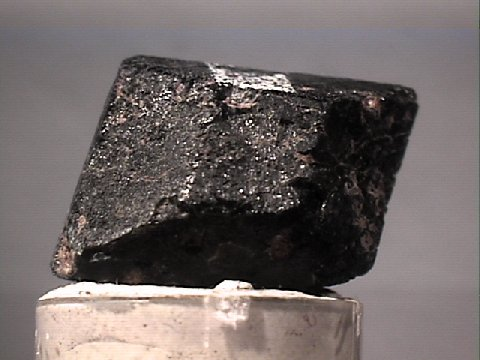
Pyroxene
minerals
augite fassaiteaugite pyroxene mineralAugite
Pyroxene is a set of essential rock-forming inosilicate minerals discovered in many igneous and metamorphic rocks. Pyroxenes have the general components is XY(Si,Al)2O6. Although aluminium…
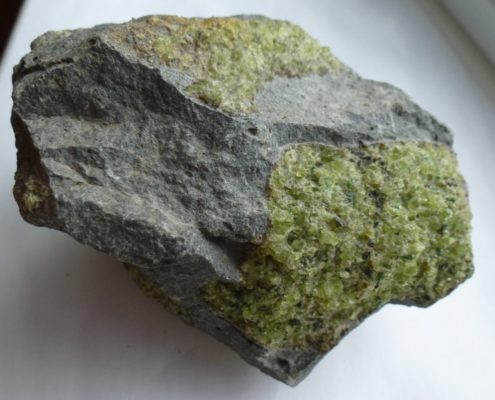
Olivine
minerals
Olivine is one of the most common minerals within the earth, and is a prime rock forming mineral. Despite this, desirable specimens and huge crystals are unusual and fashionable. Only few localities yield large examples of this mineral, even though small…
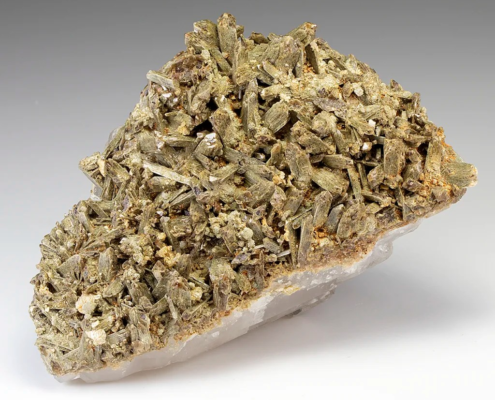
Clay Minerals
mineralsClay minerals are a group of minerals that are typically found in soils, sediments, and rocks. They are characterized by their small particle size, which is typically less than 2 micrometers, and their high surface area. Some of the most common clay minerals…
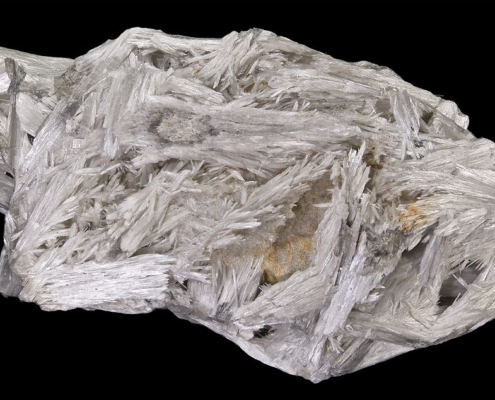
Tremolite
minerals
Tremolite,Campolungo, Piumogna Valley, Switzerland Tremolite from Franklin, Sussex Co., New Jersey, United States
Tremolite is a silicate mineral and member of the amphibole group. Chemical formula is Ca2(Mg5.0-4.5Fe2+0.0-0.5)Si8O22(OH)2.…
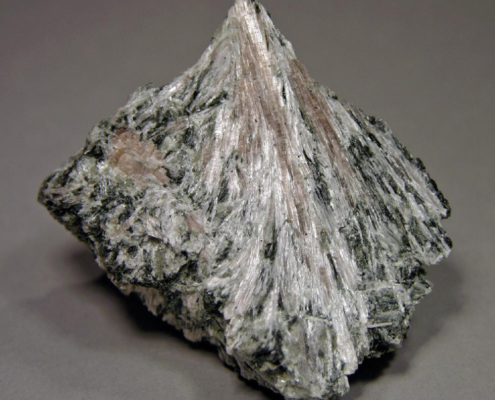
Anthophyllite
mineralsThe name anthophyllite comes from the Latin word anthophyllum, which means “clove”—a reference to the mineral’s clove-brown to dark brown color. Specimens can also be pale green, gray, or white. Anthophyllite is usually found in columnar to fibrous…
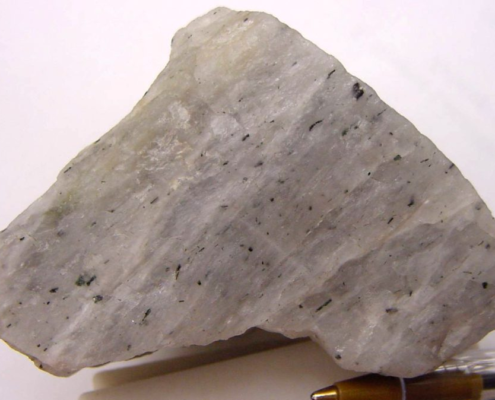
Nepheline
minerals
Nepheline – USGS Mineral Specimens
Nepheline is the most common feldspathoid mineral in the world, its name from the Greek word nephele, which means “cloud” a reference to the fact that the mineral becomes cloudy or milky in strong acids.…
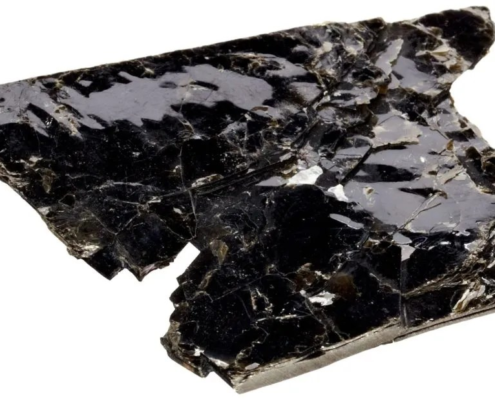
Biotite
mineralsBiotite is the most common mica mineral and also known as black mica, a silicate mineral in the common mica group. Approximate chemical formula K (Mg, Fe). It can be found in massive crystal layers weighing several hundred pounds. It is abundant in metamorphic…
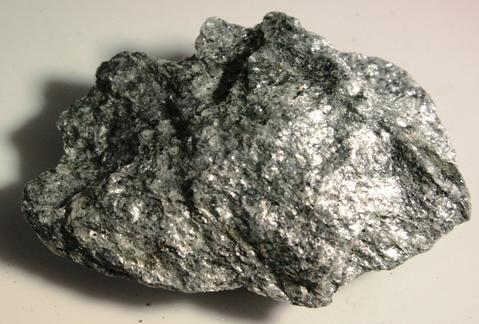
Mica Group Minerals
minerals
Muscovite
schist_mica
Mica Minerals
Contents
Mica Group Minerals
Classification of Mica Group Minerals
Dioctahedral micas
Trioctahedral micas
Occurrence of Mica Group Minerals
Production
Crystal Structure…
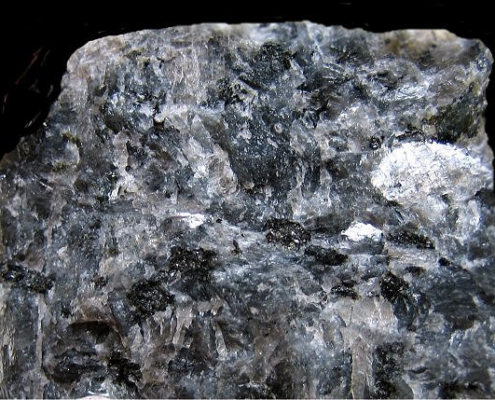
Anorthoclase
minerals
Anorthoclase minerals is member of the sodium- and potassium-rich feldspar group takes its name from the Greek word anorthos, which means “not straight”—a reference to its oblique cleavage. Anorthoclase is colorless, white, cream,…
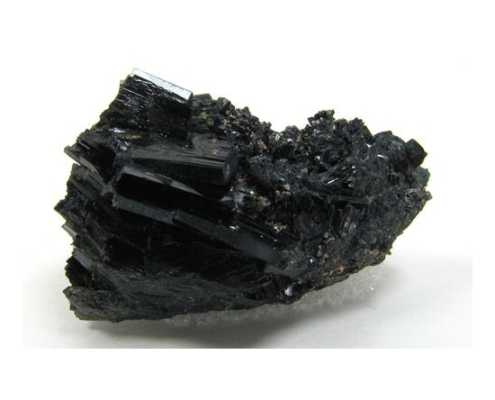
Hornblende
minerals Ferrohornblende
Ferrohornblende
Magnesio-hornblende
Magnesio-hornblende
Hornblende is a inosilicate amphibole minerals, which are two type hornblende minerals. They are ferrohornblende and magnesiohornblende. They are an isomorphous…
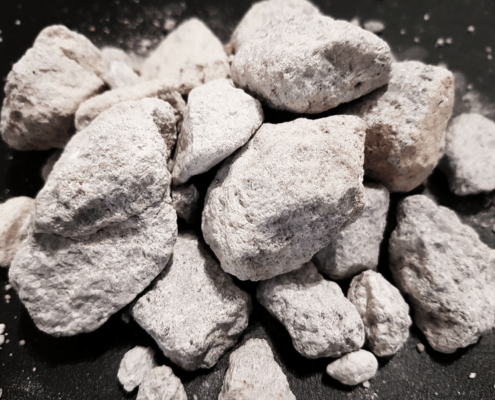
Perlite
mineralsPerlite is a naturally occurring volcanic glass that has been used in various industrial and horticultural applications. It is a unique mineral formed when obsidian, a type of volcanic rock, is exposed to high heat. The resulting perlite is a lightweight,…

Eosphorite
minerals
Eosphorite is a mineral belonging to the group of phosphates. It typically forms in pegmatite veins, which are coarse-grained igneous rocks found in association with granite. Eosphorite is known for its distinctive pink to purple coloration, often with…